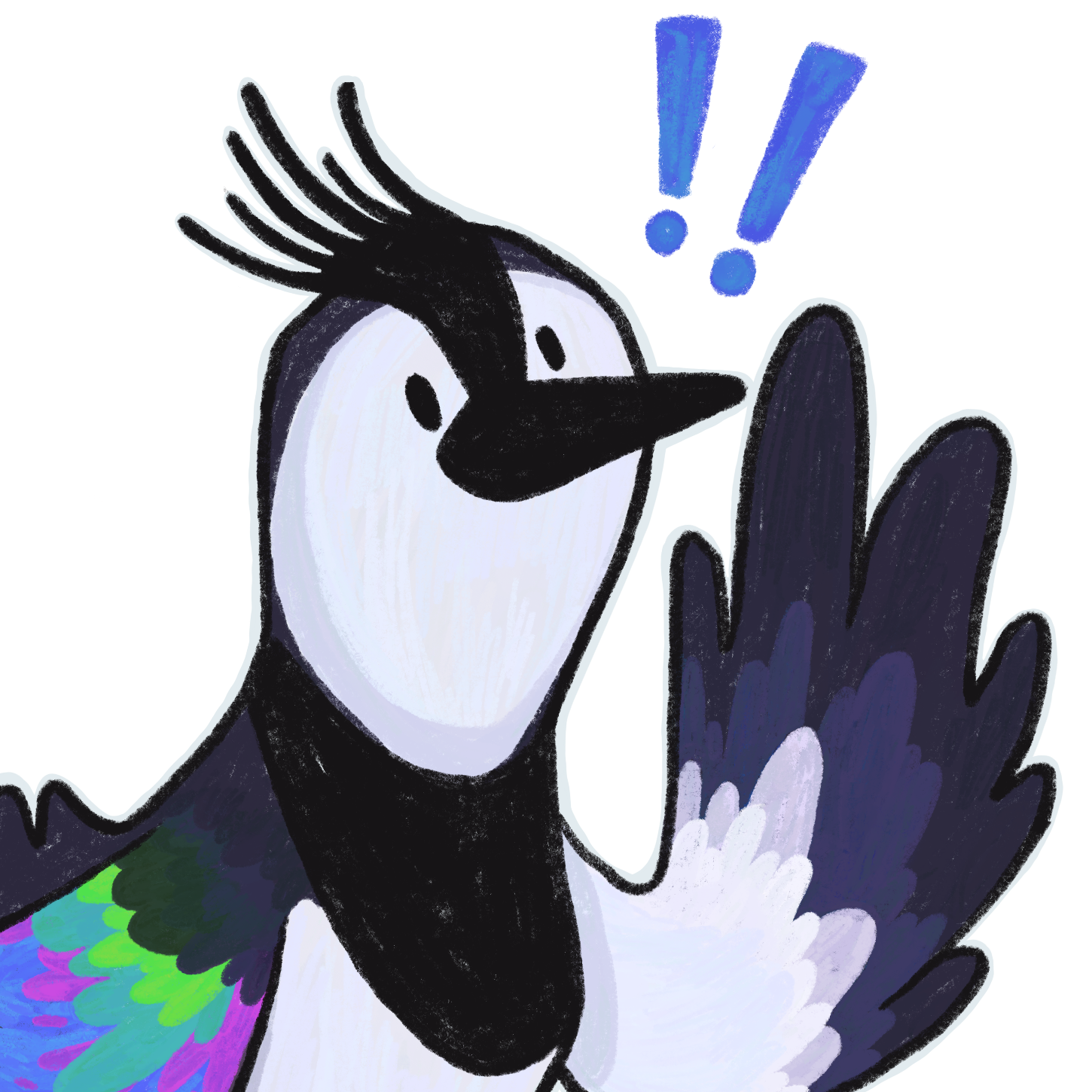Lapwing theory

Lapwing theory is an open-source, free theory created in 2022 by community member Aerick to address some conflicts of Plover theory. It shares many principles but has a strong focus on consistency.
According to the 2025 Open Steno Community Survey, 69 out of 146 respondents (47.3%) reported having used Lapwing, tying for the lead with Plover theory.
History
Before the creation of Lapwing, the Plover community primarily learned Plover theory. In 2022 blog posts, Aerick cited "inconsistencies and lack of rules" in Plover's main dictionary as common difficulties that the community had with learning Plover theory.[1]
Lapwing is based on a North American English accent.
Some of the areas he addressed in creating the Lapwing theory and dictionary were:
- Reducing multiple outlines for one translation that did not all follow theory rules, or did not follow well-defined theory rules
- Adding write-outs that don't drop unstressed vowels
- Eliminating doubled consonants
- Requiring that each stroke within a multi-stroke outline starts with a consonant
- Reducing technical and medical jargon
- Removing misstroke entries
- Adding a rule for proper nouns
- Adding a unique number pad system
Primary Characteristics
Lapwing shares many of the basic letter chords as with most theories, but notably on the initial side, y is KWH and z is STKPW (Chapter 6). On the final side, v is -F (Chapter 9). Lapwing disambiguates f TP and ph TP* starting spellings. *PL is used for the -mp ending sound (Chapter 9).
Lapwing's default rule for multi-syllable words is to split so that every stroke after the first begins with a consonant (Chapter 15). However, for syllables including -R after a vowel, -R is not split from the vowel, but instead the next syllable is linked using KWR as a "silent linker". For example, berry is split PWER/KWREU (Chapter 15).
KWR is used as a silent linker, but also as a y- sound in connecting syllables, such as brilliant PWREUL/KWRAPBT.
Compound words are written with an asterisk * in the first stroke of the second word (Chapter 14).
Proper nouns are written with the number key # in the first stroke (Chapter 19). Alternatively, this can be thought of as a capitalization function. This rule was designed with the split-S layout in mind, where the number key is positioned above initial S, to the left of initial T. In order to adopt this rule for the traditional steno machine layout with the number bar on top, there is an alternate dictionary available where the # is instead separated out into a prefix stroke.
The Lapwing number system uses a number pad similar to those on calculators or full keyboard layouts. The numbers are positioned across a 3x3 grid on the FRPBLG keys on the right side, and the number key # is included in each stroke (Chapter 18).
Acquisition
Lapwing is available for free and can be ported to Plover easily through the plover-lapwing-aio plugin. Detailed instructions can be found in Chapter 5 of the Lapwing for Beginners textbook (see below).
Learning Resources
- See also: Stenography Textbooks
Lapwing for Beginners by Aerick, the definitive resource for learning Lapwing, can be found here.